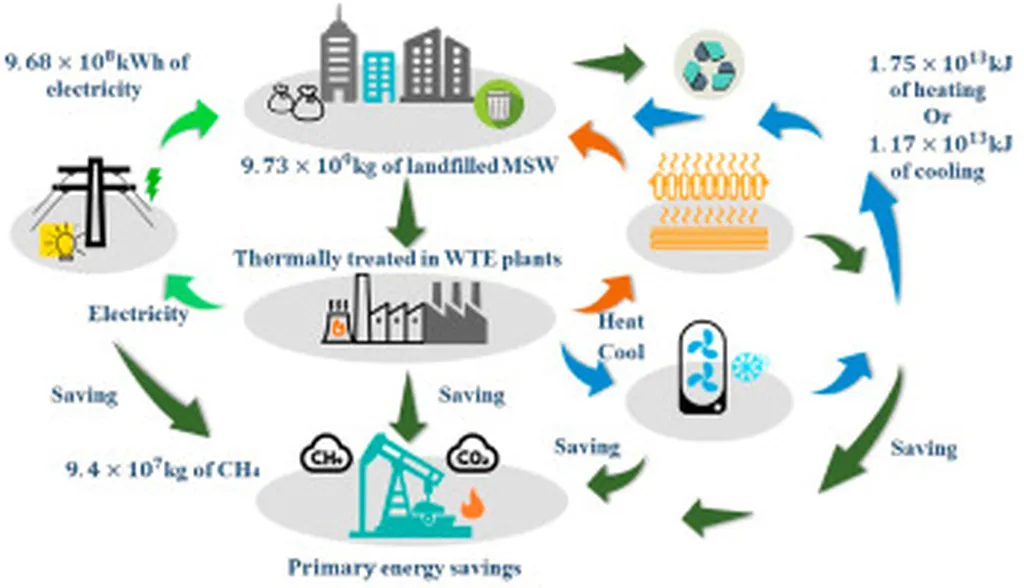In the world of waste management, the stability of landfill slopes is a critical yet often overlooked aspect that can have significant commercial and environmental impacts. A recent study published in the journal *Geotecnia* (translated to *Geotechnics*), led by Pablo Lapeña-Mañero of Prezero España’s Department of Engineering, Projects, and Innovation, sheds light on this very issue. The research, conducted by the Geotechnics Group at the University of Cantabria over three decades, delves into the resistant characterization of waste and interfaces between geosynthetics used in landfills, offering valuable insights for the energy and waste management sectors.
Landfill failures can be catastrophic, affecting operations, the environment, and even causing fatalities. However, there is a notable lack of guidance in existing literature and regulations on how to analyze landfill stability. Excluding failures due to inadequate bearing capacity of the supporting ground, instabilities can occur within the waste mass or at the interfaces between different geosynthetics that make up the lower impermeabilization and sealing system, as well as between these materials and the waste or natural ground.
Lapeña-Mañero and his team have been at the forefront of investigating these critical aspects. Their work presents various methods to obtain the resistant parameters of waste and interfaces, backed by laboratory and field tests. “Our research provides a comprehensive analysis of the resistant properties of waste and the interfaces between geosynthetics,” Lapeña-Mañero explains. “This is crucial for designing stable and safe landfills, which is not only an environmental imperative but also a commercial necessity for the energy sector.”
The study also compares their findings with existing literature, providing a robust framework for future research and practical applications. The commercial implications are significant. For the energy sector, which often relies on landfills for waste-to-energy projects, understanding and mitigating the risks of landfill instability can lead to more efficient and safer operations. This can translate to cost savings, reduced downtime, and enhanced environmental stewardship.
As the world grapples with increasing waste generation and the need for sustainable waste management solutions, this research offers a timely and relevant contribution. It underscores the importance of thorough geotechnical analysis in landfill design and management, paving the way for more resilient and efficient waste management practices.
Lapeña-Mañero’s work, published in *Geotecnia*, is a testament to the ongoing efforts to improve landfill stability and safety. As the energy sector continues to evolve, such research will be instrumental in shaping future developments and ensuring that waste management practices are both commercially viable and environmentally sound.

